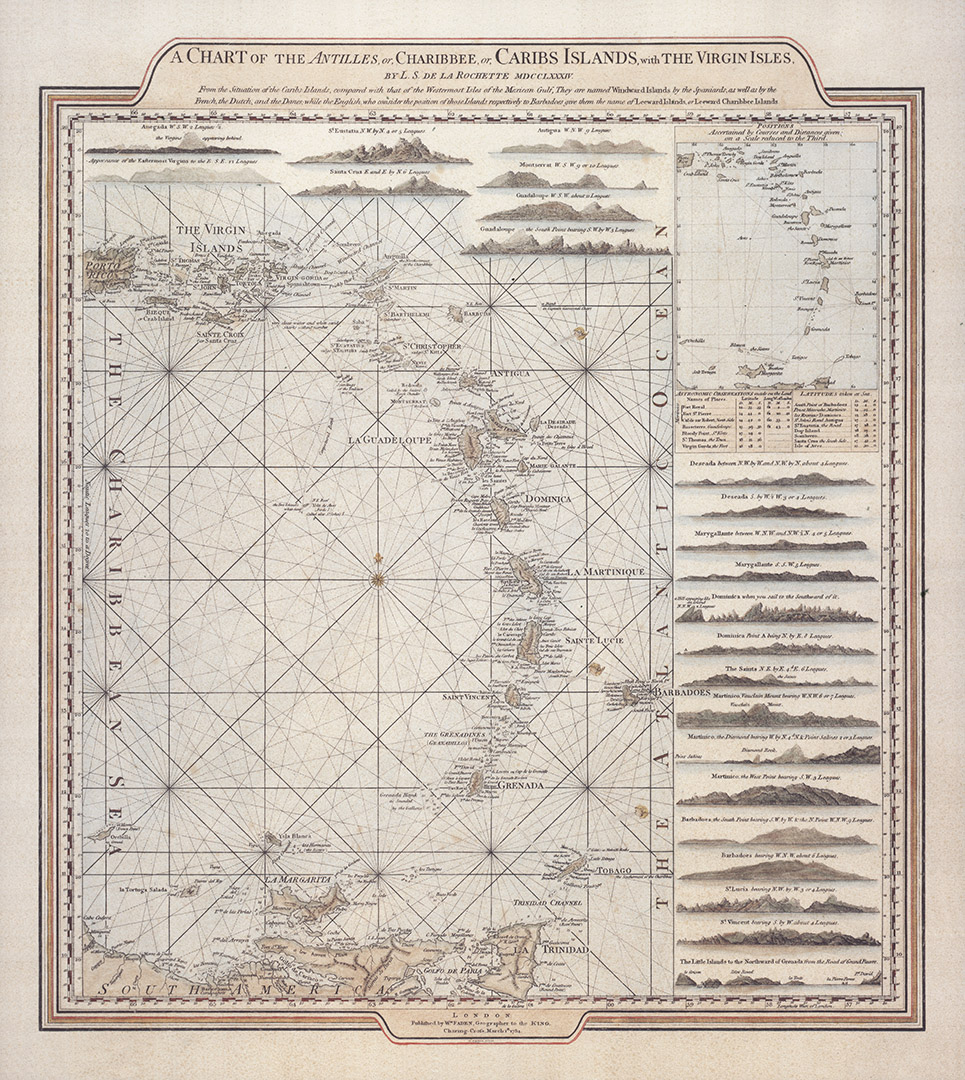The islands were, by the middle of the 18th century, the major source of sugar anywhere in the world. Indeed, they were so important commercially that when France lost the 7 years war to Britain she was willing to give up all of Canada to keep a few highly profitable sugar-growing islands in the Caribbean. Furthermore, at the 1763 treaty of Paris which concluded the war, France traded all of her Florida territories for, amongst a few other things, the city of Havana.
Sugar was Britain's largest single import and it was of course central to the development of the slave trade in the early 18th century. Politically the Islands shared with the 13 North American mainland colonies most of the preconditions which had seen them rebel against the Crown: That the Islands did not follow-suit is more than anything down to the role the British navy played in policing the region than any lack of affinity for the revolutionary cause.
Militarily, the islands which are close to both the North and South American main lands were important as they provided endless safe harbors and reliable winds. Even though the British managed to retain overall control of the region it did not preclude some islands from supporting the American cause by providing munitions and supplies.
His Majesty's Naval Yard at English Harbour in Antigua was built starting in 1725. Its function was to maintain the British warships which protected the merchantmen which in turn served the valuable sugar islands of the Eastern Caribbean. It was also the Royal Navy's role to harass enemy ships, with the aid of accredited privateers, all with the function of increasing Britain's own wealth.
The islands were the scene for many naval conflicts between the British and the French during the War of Independence and it was the French presence (and victories) which ultimately won the supply war for the American army.
Along with all of the major publishers of the time William Faden engraved and produced many important and significant maps for publication from london using the latest updated surveys, including this map by the celebrated French map maker L.S. De La Rochette which offers a complete view of the region.


